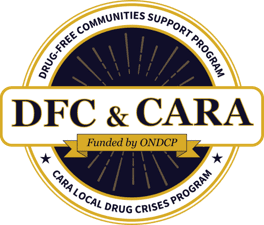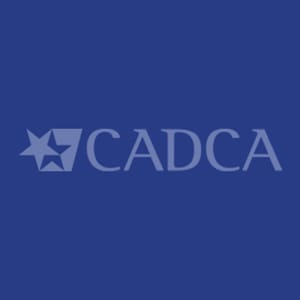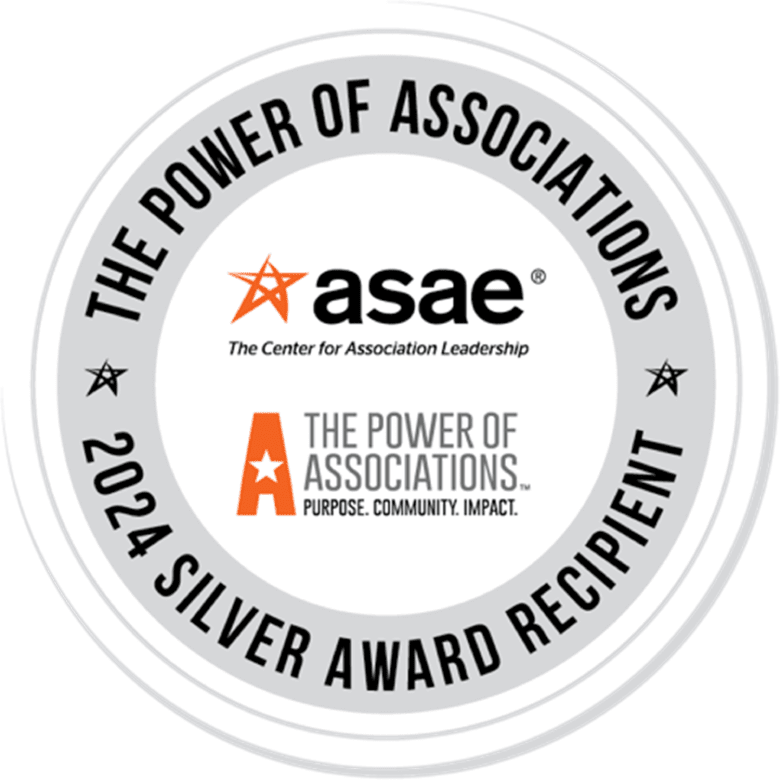
The East Providence Prevention Coalition (EPPC) recently earned national recognition as the 2023 Coalition of the Year through the Office of National Drug Control Policy-funded Blue Ribbon Coalition Initiative, marking a significant milestone in the coalition’s more than three decades of dedicated service to its community. Established in 1987 in response to the Rhode Island Substance Abuse Prevention Act, the EPPC has tirelessly worked towards its mission of promoting healthy lifestyles and reducing substance misuse, with a particular emphasis on the mental health promotion of the city’s youth.
East Providence, nestled in Providence County, Rhode Island, is a vibrant urban community divided into three areas: Central East Providence, Riverside, and Rumford. The city takes pride in its diverse population, strong sense of community involvement, and the “Townie Pride” spirit, with the East Providence High School’s mascot serving as a symbol of unity, accountability, and strength. With over 5,000 students in the public school district, the EPPC recognizes the importance of addressing substance misuse and promoting mental health among youth.
The EPPC’s journey began with a comprehensive needs assessment, using the SWOT analysis to identify risk and protective factors within its community. EPPC prioritized key areas of focus, including cannabis use, mental health, vaping, and prescription and over-the-counter medicines. A strategic approach was then mapped out, involving collaboration with community partners from various sectors, including businesses, youth, schools, law enforcement, healthcare, and more.
The coalition’s decision to focus on cannabis use among students in grades 6-12 was informed by survey data and focus group data. Through use of the Strategic Prevention Framework, the coalition identified social access and favorable attitudes as root causes, and subsequently worked to address the local conditions it identified as contributing to youth cannabis use.
One important aspect of the coalition’s approach included empowering youth to be advocates for change. Madeline Marlow, EPPC’s Coordinator, explained that their youth members not only created PSAs about driving under the influence of cannabis but also played a pivotal role in educating the community during the cannabis legalization vote. Their targeted PSAs were disseminated through various channels, including cable TV, streaming services, social media, and YouTube.
Bethanie Rado, EPPC’s Youth and Media Relations Coordinator, partially attributed the coalition’s positive outcomes to several recent policy wins. Specifically, the EPPC successfully advocated for the prohibition of flavored electronic nicotine devices, as well as restricting cannabis consumption in local parks and public recreation areas.
The impact of the EPPC’s efforts is reflected in the significant reduction of youth cannabis use over a six-year period. The percentage of youth aged 12-17 engaging in past 30-day cannabis use decreased from 22.7% in 2016 to an impressive low of 9.4% in 2022. This remarkable reduction of 13.3% from 2016 demonstrates the effectiveness of the coalition’s strategies and interventions.
Looking ahead, EPPC’s sustainability efforts involve maintaining strong coalition members, valuable partnerships, and a focus on data-driven outcomes. Madeline credited her time in the National Coalition Institute’s Graduate Coalition Academy for providing invaluable insights into data assessment and storytelling, which will continue to inform their future efforts. The duo’s advice for other coalitions: be flexible, involve youth in decision-making, and recognize the value of making a difference, even if it’s one person at a time.
The Blue Ribbon Coalition of the Year award rightfully recognizes the East Providence Prevention Coalition’s outstanding commitment to promoting healthy lifestyles and preventing substance misuse in its community. Through collaborative efforts and a strategic focus on key issues, the EPPC has made a lasting impact on the well-being of East Providence residents, particularly its youth. As the coalition continues its mission, it serves as a model for effective community-based prevention efforts nationwide.
FUNDING FOR THIS INITIATIVE WAS MADE POSSIBLE BY GRANT NO.G2499ONDCP08A FROM ONDCP. THE VIEWS EXPRESSED IN WRITTEN CONFERENCE MATERIALS OR PUBLICATIONS AND BY SPEAKERS AND MODERATORS DO NOT NECESSARILY REFLECT THE OFFICIAL POLICIES OF THE DEPARTMENT OF HEALTH AND HUMAN SERVICES; NOR DOES MENTION OF TRADE NAMES, COMMERCIAL PRACTICES, OR ORGANIZATIONS IMPLY ENDORSEMENT BY THE U.S. GOVERNMENT.


